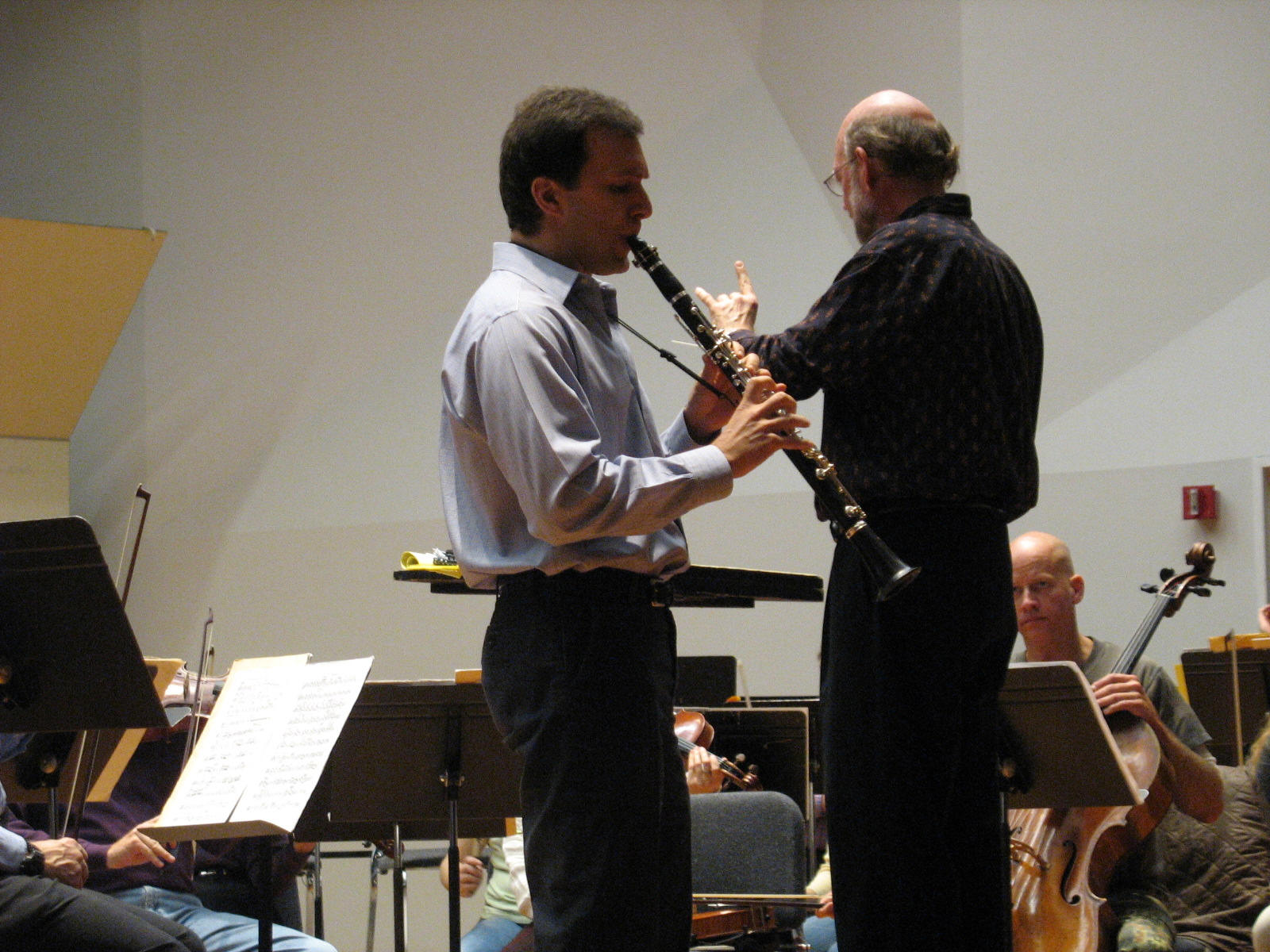Serbia is located in the Balkan region. It is flanked by Hungary, Romania, Bulgaria, Republic of Macedonia, Albania, Croatia and Bosnia/Herzegovina.
During it's long history, Serbia has been subject to Byzantine, Ottoman and Austrian rule. Because of conflicts during World War I, several Balkan nations were combined to form the Kingdom of Yugoslavia. During World War II, most of the region that is modern-day Serbia was occupied by the Nazis. Serbs, along with Jews and Romas were targetting during the Holocaust, especially at the Jasenovic concentration camp. This genocide caused the loss of approximately 45,000 lives from Serbian cultural background alone. After World War II, power shifted in Yugoslavia and it was no longer ruled by Serbian monarchy. In the late 1980s, Slobodon Milosevic of the League of Communists of Serbia rose to power. All other nations seceeded. In 1990, multiparty democracy was introduced. Politically, a lot of tension remained between Serbia and other former Yugoslavian countries. In 2000, power was passed to the Democratic Opposition of Serbia, a broad anti-Milosevic group. Serbia retains its close ties with Montenegro, although they separated as nations in 2006.
The major religion in Serbia is Eastern Orthodox Christianity, except in Kosovo where it is Muslim.





